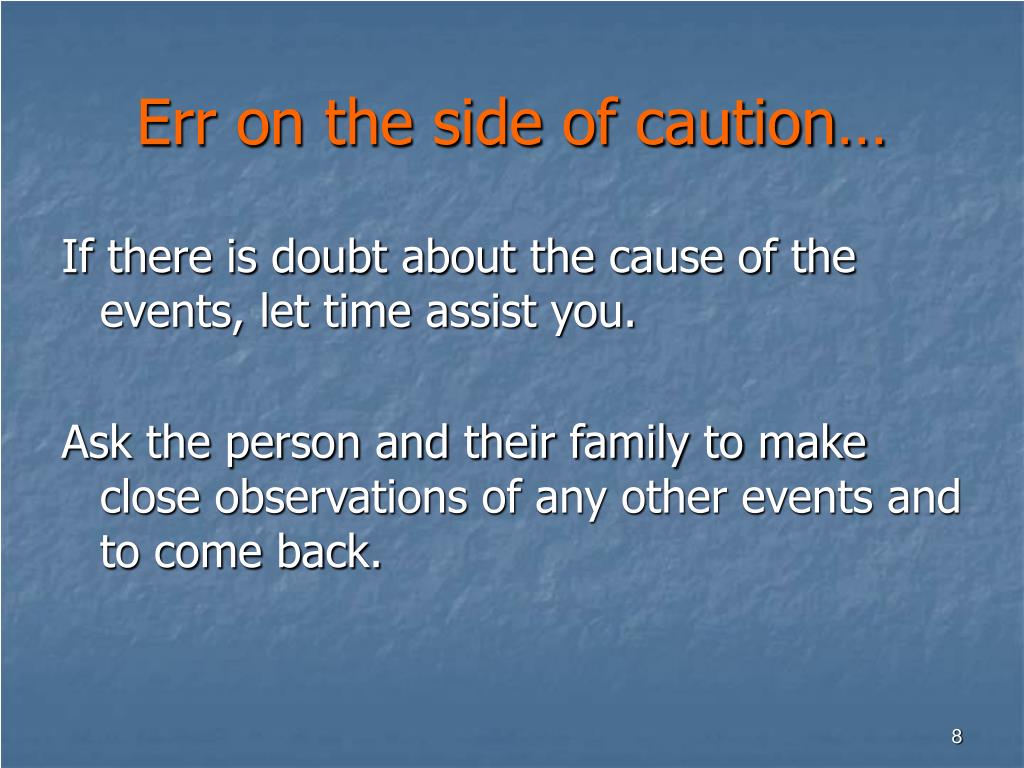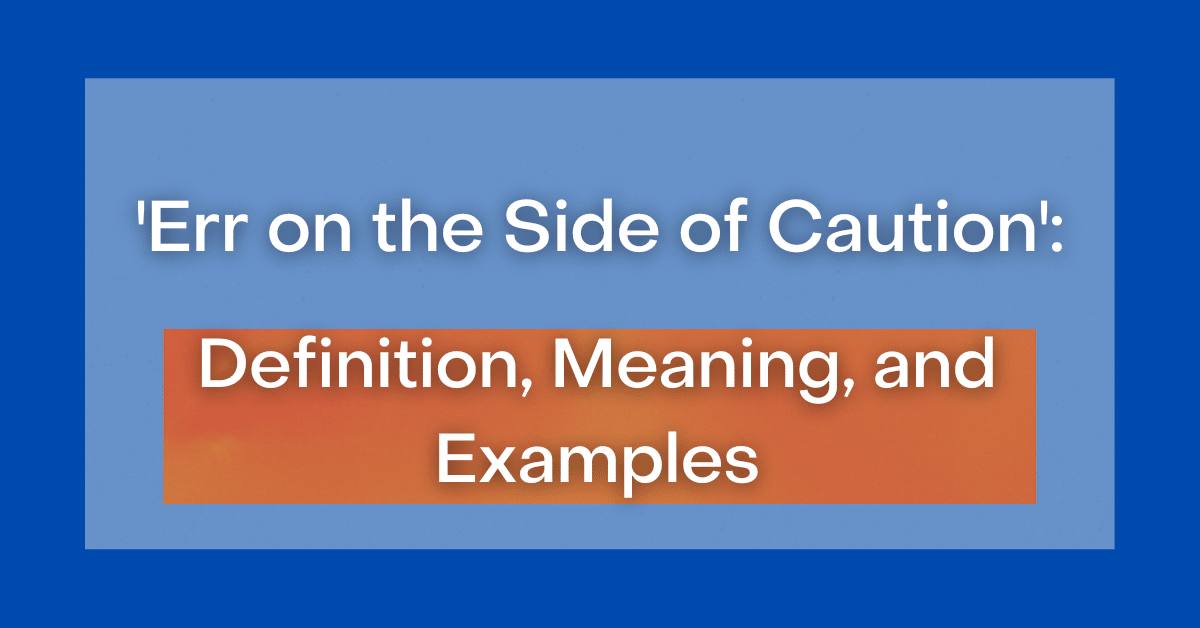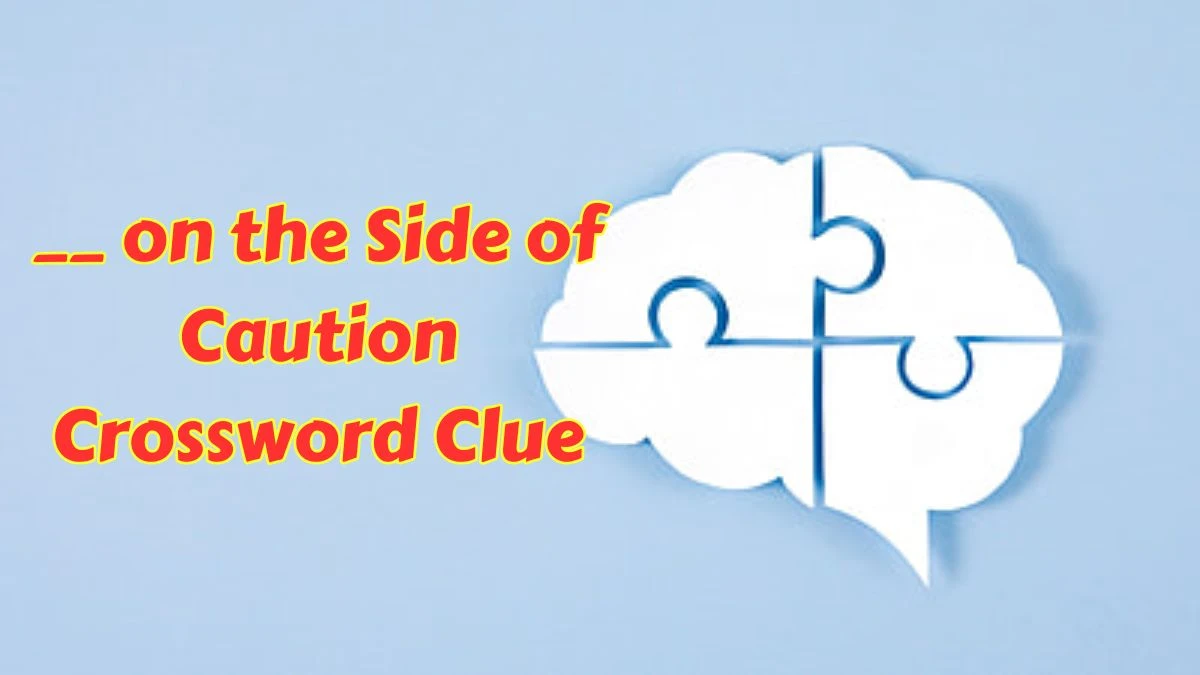Ear On The Side Of Caution

The hum of the MRI machine filled the small room, a rhythmic drone that accompanied the soft whir of innovation. Dr. Anya Sharma, her face illuminated by the glow of the monitor, meticulously adjusted the settings. Outside, the crisp autumn air swirled leaves down the sidewalks of Boston, but inside, all attention was focused on a different kind of turning: a turning point in the treatment of hearing loss.
At the heart of this technological advancement is a groundbreaking, non-invasive approach to auditory diagnostics and treatment being pioneered at the Massachusetts Eye and Ear Infirmary. This new method, utilizing advanced imaging and targeted therapies, offers a beacon of hope for millions suffering from hearing impairments, moving beyond traditional methods to offer personalized and precise care. It represents a significant leap forward, promising to revolutionize how we understand and address hearing loss.
The Silent Epidemic
Hearing loss is a global issue, affecting an estimated 466 million people worldwide, according to the World Health Organization (WHO). This number is projected to rise significantly in the coming decades. Factors such as aging populations, increased exposure to noise pollution, and the prevalence of certain medical conditions are all contributing to this growing silent epidemic.
Traditionally, hearing loss has been addressed with hearing aids or, in more severe cases, cochlear implants. While these solutions offer significant benefits, they are not universally effective, and they often do not address the underlying causes of the hearing impairment.
A Deeper Look: The Inner Ear
Dr. Sharma's work focuses on gaining a more detailed understanding of the intricate workings of the inner ear. The cochlea, a snail-shaped structure within the inner ear, is responsible for converting sound vibrations into electrical signals that the brain can interpret.
Damage to the delicate hair cells within the cochlea is a primary cause of sensorineural hearing loss, the most common type of hearing impairment. Understanding the specific patterns and extent of this damage is crucial for developing targeted therapies.
The Ear On The Side Of Caution: A New Approach
The "ear on the side of caution" philosophy embodies a proactive and preventative approach to hearing healthcare. It emphasizes early detection, personalized treatment plans, and minimizing potential risks associated with interventions.
This innovative approach utilizes high-resolution MRI technology to visualize the inner ear with unprecedented clarity. This allows clinicians to identify subtle changes and abnormalities that may be indicative of early-stage hearing loss or underlying conditions affecting auditory function. "The level of detail we can now achieve is remarkable," Dr. Sharma explained. "It allows us to tailor treatments to the specific needs of each individual patient."
Beyond diagnostics, this method explores targeted therapies that can potentially regenerate damaged hair cells or protect them from further harm. Researchers are investigating various approaches, including gene therapy and pharmacological interventions, to stimulate hair cell regeneration and improve auditory function.
Personalized Treatment: Tailoring to the Individual
One of the key advantages of this new approach is its focus on personalized treatment. By gaining a detailed understanding of each patient's specific condition, clinicians can develop tailored interventions that are more likely to be effective.
This may involve adjusting hearing aid settings to compensate for specific frequencies of hearing loss, prescribing medications to protect against further damage, or recommending lifestyle changes to minimize exposure to noise pollution. "It's about moving beyond a one-size-fits-all approach," Dr. Sharma emphasized.
The Impact and Potential
The potential impact of this research is far-reaching. By offering earlier detection, more precise diagnostics, and personalized treatments, this new approach has the potential to significantly improve the lives of millions suffering from hearing loss.
It could also reduce the economic burden associated with hearing impairment. According to a 2017 study by the Lancet Commission on Dementia Prevention, Intervention and Care, hearing loss is a significant modifiable risk factor for dementia. Addressing hearing loss early can potentially delay or prevent cognitive decline.
Furthermore, improved hearing can lead to better communication, social engagement, and overall quality of life. “Hearing is so fundamental to our ability to connect with the world around us,” Dr. Sharma noted. “Restoring or preserving that connection is incredibly rewarding.”
Challenges and Future Directions
While the progress made in this field is encouraging, there are still significant challenges to overcome. Developing effective therapies for hair cell regeneration remains a complex and ongoing area of research.
Ensuring accessibility to these advanced diagnostic and treatment options is also crucial. Expanding access to hearing healthcare, particularly in underserved communities, is essential for ensuring that everyone can benefit from these advancements.
"We need to make sure this technology is available to all, regardless of their socioeconomic background," stated Dr. Sharma.
Future research will focus on refining imaging techniques, developing more effective therapies, and exploring the potential of preventative measures to reduce the risk of hearing loss. Collaboration between researchers, clinicians, and industry partners will be essential for driving continued innovation in this field.
A Sound Future
Back in the MRI room, Dr. Sharma reviewed the latest images, a quiet satisfaction in her eyes. The journey is far from over, but the path forward is becoming clearer, illuminated by the promise of a future where hearing loss is no longer a silent epidemic.
The "ear on the side of caution" represents not just a scientific advancement, but a shift in perspective. It is a reminder that proactive care, personalized attention, and a deep understanding of the individual are essential for addressing the complex challenges of hearing loss. It's a testament to human ingenuity and compassion, echoing the hopeful sentiment that with dedication and innovation, we can indeed listen our way to a better, more connected world.



![Ear On The Side Of Caution [OC] IDIOMS - TO ERR ON THE SIDE OF CAUTION : r/vocabulary](https://i.redd.it/ps695qcfycz71.png)









![Ear On The Side Of Caution [방구석 어학연수] To err on the side of caution 영어로 말하면서 영어로 배우기 미국 영어로 영어 배우기](https://milehighenglish.com/wp-content/uploads/2024/05/61_Learn-English-with-news-and-videos_10-ways-to-have-a-better-conversation_Err-on-the-side-of-caution_WP.jpeg)




